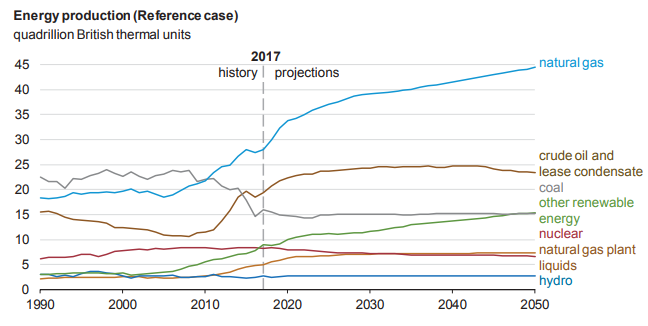The Department of Energy (DOE) has just released their state of the art model built to predict how climate change and weather will impact energy systems here in the United States. There is no other governmental agency more eager to understand how encroaching seas, category 5 hurricanes, and heat waves will impact energy consumption and potentially energy strain on the US energy system.
In collaboration with several DOE National Laboratories, the Energy Exascale Earth System Model (E3SM) has been released to the general public and broader scientific community after four years of development.
The E3SM model was built to predict how climate and weather variability will impact the US energy systems in the decades to come. The model provides our collective best estimates of how climate change will alter energy needs across the country. The model can predict, at unprecedented resolution, water cycle events such as flooding or droughts, temperature swings such as heat waves, sea level rising and coastal flooding, and increased Atlantic hurricane intensity.
More specifically, the model can predict how the US energy sector would be impacted by 150 mph winds or temperature anomalies across the Atlantic Ocean tied to increased hurricane strength and likelihood. The model pushes the frontiers in model resolution and the ability to focus in on certain areas to better refine model results for a given region. In addition, the model better represents how human activities and natural processes impact one another and affect US energy needs.
The model required the development of the Exascale Computing Initiative, which developed a computing system capable of one billion billion calculations per second (10^18). The thousand-fold increase in processing speed compared to supercomputers just a decade ago are necessary to carry out these complex models coupling ocean, land, and atmosphere. This allows for more detailed resolution into the simulations of future climate and weather.
While climate models are inherently limited in their ability to predict future climate and weather, they are a useful tool in assessing the potential ranges of the impact human influences have on the energy sector. While this specific model derives from the Department of Energy, be assured the largest international oil and gas companies have their own proprietary models to predict similar scenarios.
When in the business of energy, predicting future climate and weather probabilities is worth trillions. This helps inform where to build refineries, pipelines, the break-even cost of oil and gas extraction, and strain and demand on electric grids. In addition, predicting climate and weather anomalies helps better predict where renewable energy sources outcompete hydrocarbon energy sources and how to best build renewable systems.



